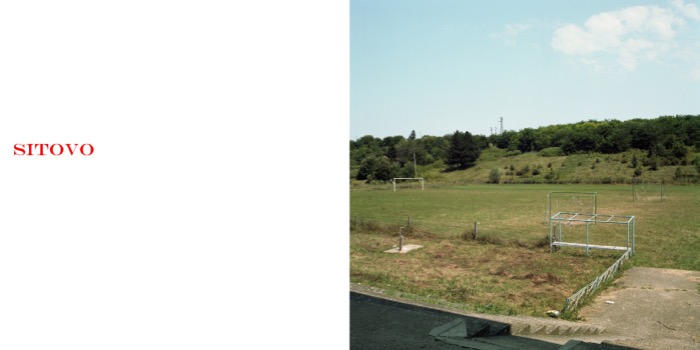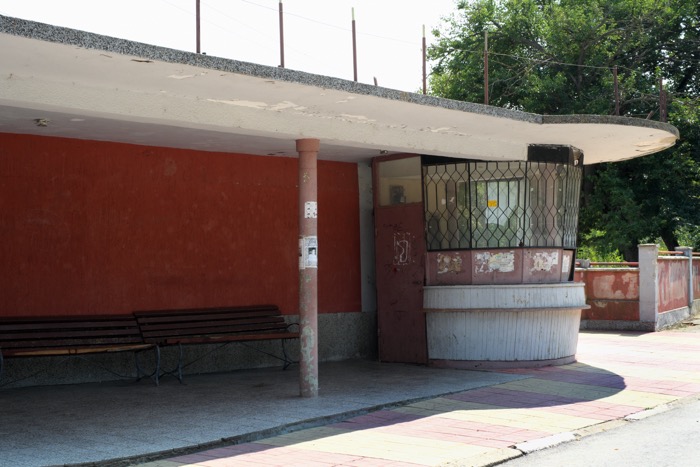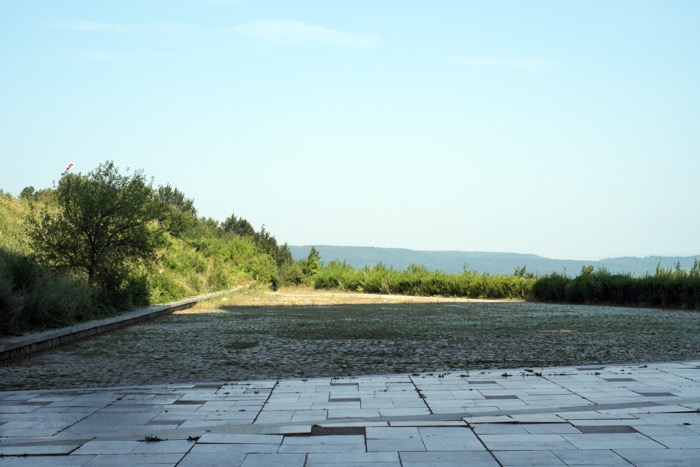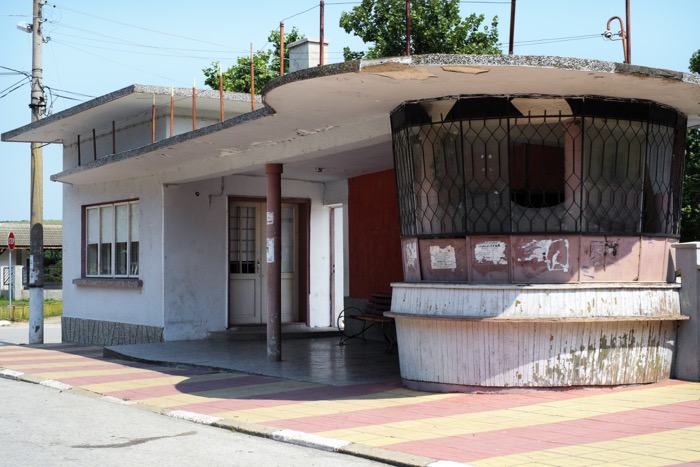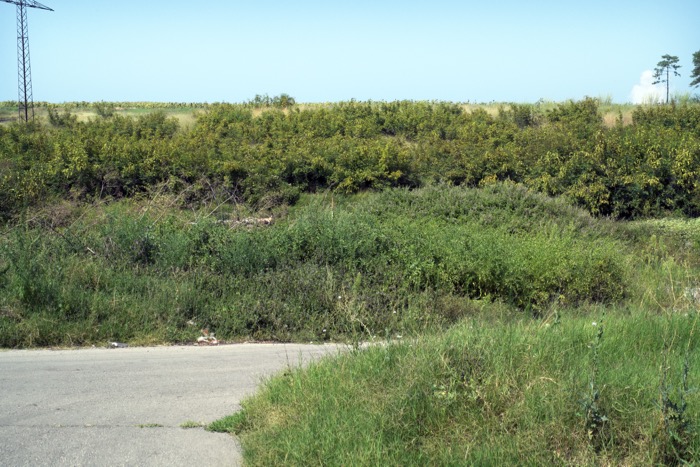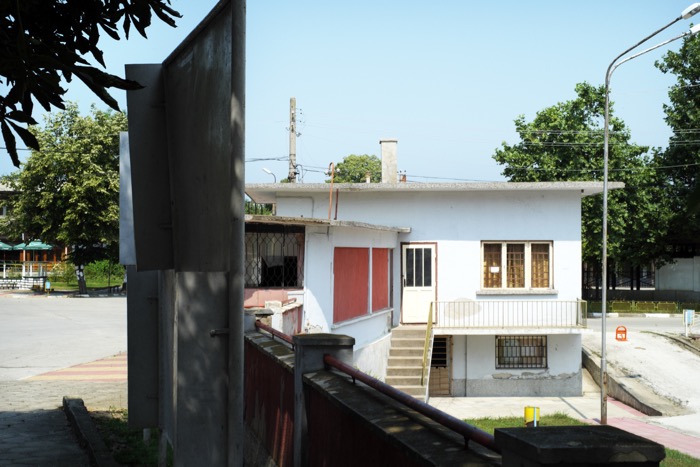TERRE BRÛLÉE
Une projection parlée de bazinvollaire
Texte de Christiane Vollaire, philosophe
Photographies de Philippe Bazin, photographe
En juin 2013, les évènements de la Place Taksim/Parc Gezi à Istanbul ont défrayé la chronique médiatique internationale pendant plusieurs semaines.
Au même moment, à Sofia en Bulgarie et dans tout le pays, des protestations semblables se sont déroulées pour mobiliser 1/7e de la population, soit plus d’1 million de personnes. Pendant tout l’été 2013, pendant plus de 50 jours, la place devant le palais présidentiel a été occupée jour et nuit par les protestataires.
En fait, le mouvement de protestation avait débuté dès février 2013, pour reprendre ensuite en juin et se poursuivre jusqu’en décembre.
Durant toute l’année 2013, une vague d’immolations a parcouru tout le pays, jusqu’au fond de ses campagnes les plus isolées.
Nous avons décidé en 2014, un an après les protestations, d’interroger les significations possibles de celles-ci à travers ces gestes d’immolation, si terribles, et nous rappelant d’autres gestes semblables, en Tchécoslovaquie, au Tibet, en Tunisie, etc... et bien sûr en France.
Nous avons ainsi parcouru toute la Bulgarie durant l’été 2014 afin de rencontrer les gens qui avaient tenté un tel geste ou bien leurs proches.
Si toutes ces immolations bulgares ne semblent pas d’origine politique ou militante, toutes interrogent les configurations politiques nationales et européennes, elles nous interrogent.
Le travail en collaboration avec les gens s’est construit dans une perspective documentaire critique, aussi bien en philosophie où le terrain a pris une importance déterminante, qu’en photographie.
Mais la projection interroge aussi les possibilités de nouvelles formes esthétiques de la relation texte/image dans un projet documentaire critique. Pour, comme y appelait Walter Benjamin, politiser l’esthétique, et non esthétiser la politique. Il s’agit donc d’une projection parlée en forme de recherche expérimentale.
La projection parlée se déroule sur environ 75 minutes mêlant lecture à deux voix (Christiane Vollaire et Philippe Bazin), et projection de photographies simultanément et/ou en alternance au texte. Dans ce projet artistique et citoyen, la projection parlée est l’une des trois formes que prend l’œuvre.
Une salle dans le noir. Un projecteur avec connexion HDMI, ou sinon WGA.
Une table, deux chaises, un éclairage de conférencier.
Aucune captation, aucun enregistrement vidéo et/ou audio n’est autorisé.
Terre brûlée est aussi un projet d’édition texte/photographie.
Ici sont présentés le 1er et le 3e chapitres sur 22.
Text by Christiane Vollaire, philosopher
Photographs by Philippe Bazin, photographer
In June 2013, the events in Taksim Square/Gezi Park in Istanbul made international media headlines for several weeks.
At the same time, in Sofia, Bulgaria, and throughout the country, similar protests took place to mobilize 1/7th of the population, or over 1 million people. Throughout the summer of 2013, for more than 50 days, the square in front of the presidential palace was occupied day and night by protesters.
In fact, the protest movement had started as early as February 2013, and then resumed in June and continued until December.
Throughout 2013, a wave of immolations ran throughout the country, down to the depths of its most isolated countryside.
We decided in 2014, one year after the protests, to question the possible meanings of these through these gestures of immolation, so terrible, and reminding us of other similar gestures, in Czechoslovakia, Tibet, Tunisia, etc... and of course in France.
We thus traveled all over Bulgaria during the summer of 2014 in order to meet the people who had attempted such a gesture or their relatives.
If all these Bulgarian immolations do not seem to have a political or militant origin, they all question the national and European political configurations, they question us.
The work in collaboration with the people was built in a critical documentary perspective, as much in philosophy where the field took a determining importance, as in photography.
But the projection also questions the possibilities of new aesthetic forms of the text/image relationship in a critical documentary project. To, as Walter Benjamin called it, politicize the aesthetic, not aestheticize the political. It is thus a spoken projection in the form of experimental research.
The spoken projection takes place over approximately 75 minutes, mixing a reading by two voices (Christiane Vollaire and Philippe Bazin), and a projection of photographs simultaneously and/or in alternation with the text. In this artistic and civic project, the spoken projection is one of the three forms that the work takes.
A room in the dark. A projector with HDMI connection, or otherwise WGA.
A table, two chairs, a speaker's light.
No video and/or audio recording is allowed.
Terre brûlée is also a text/photography publishing project.
Here are the 1st and 3rd chapters out of 22.
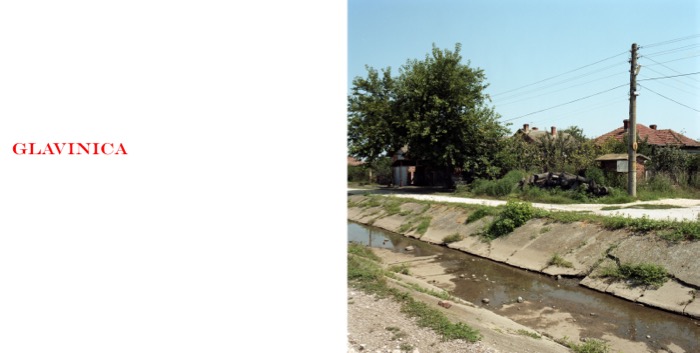
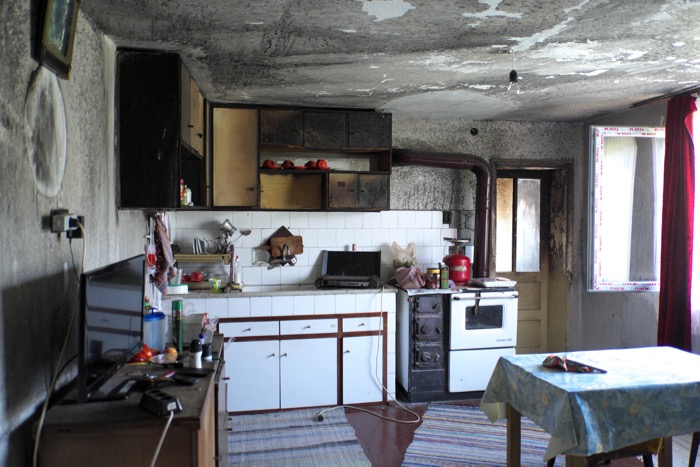
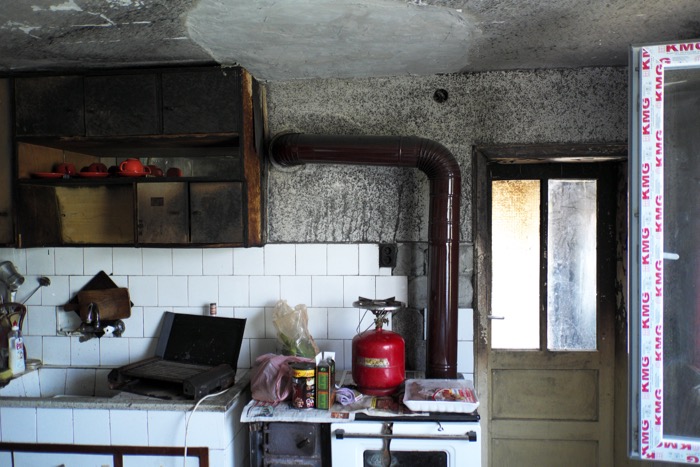
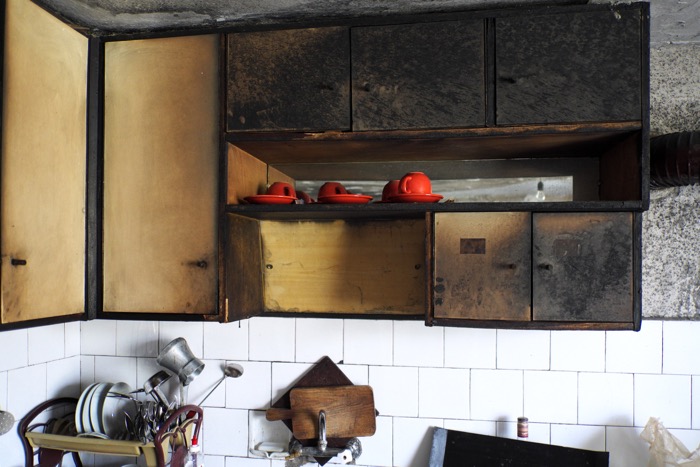
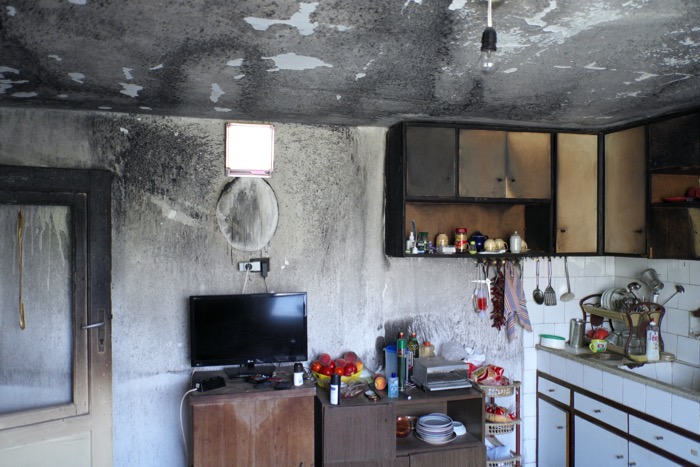
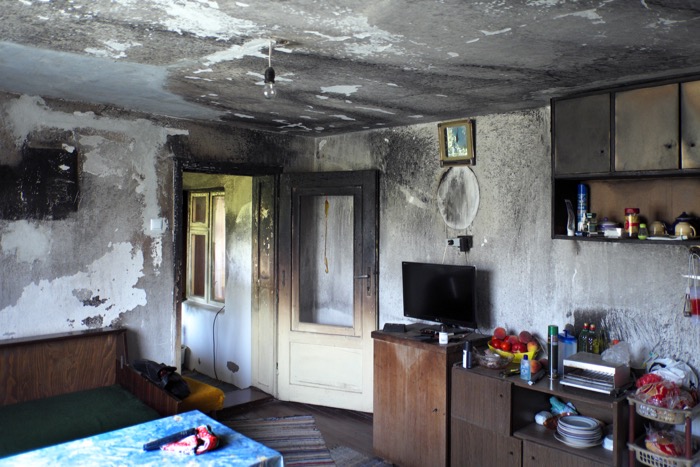
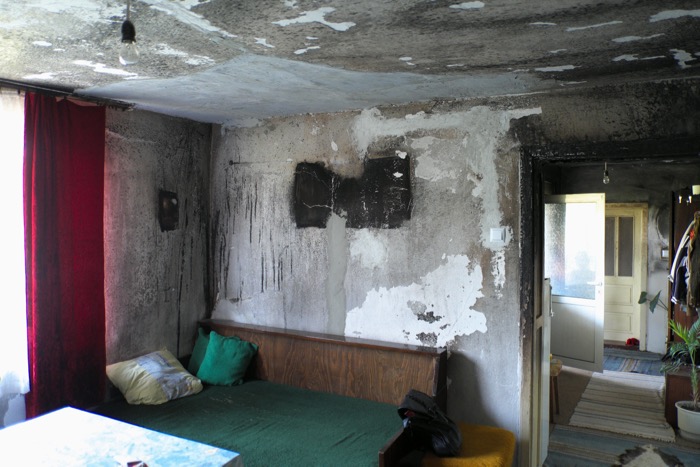
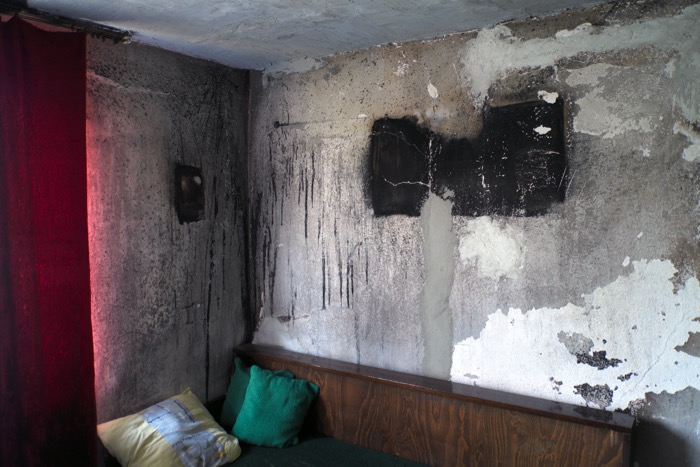
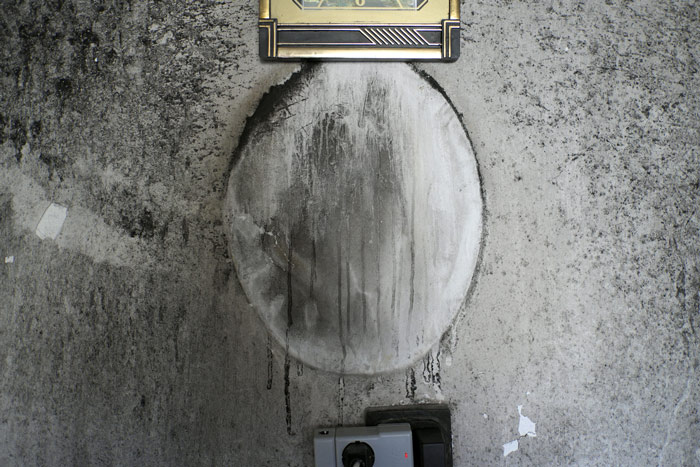
Sans titre, Bulgarie été 2014
